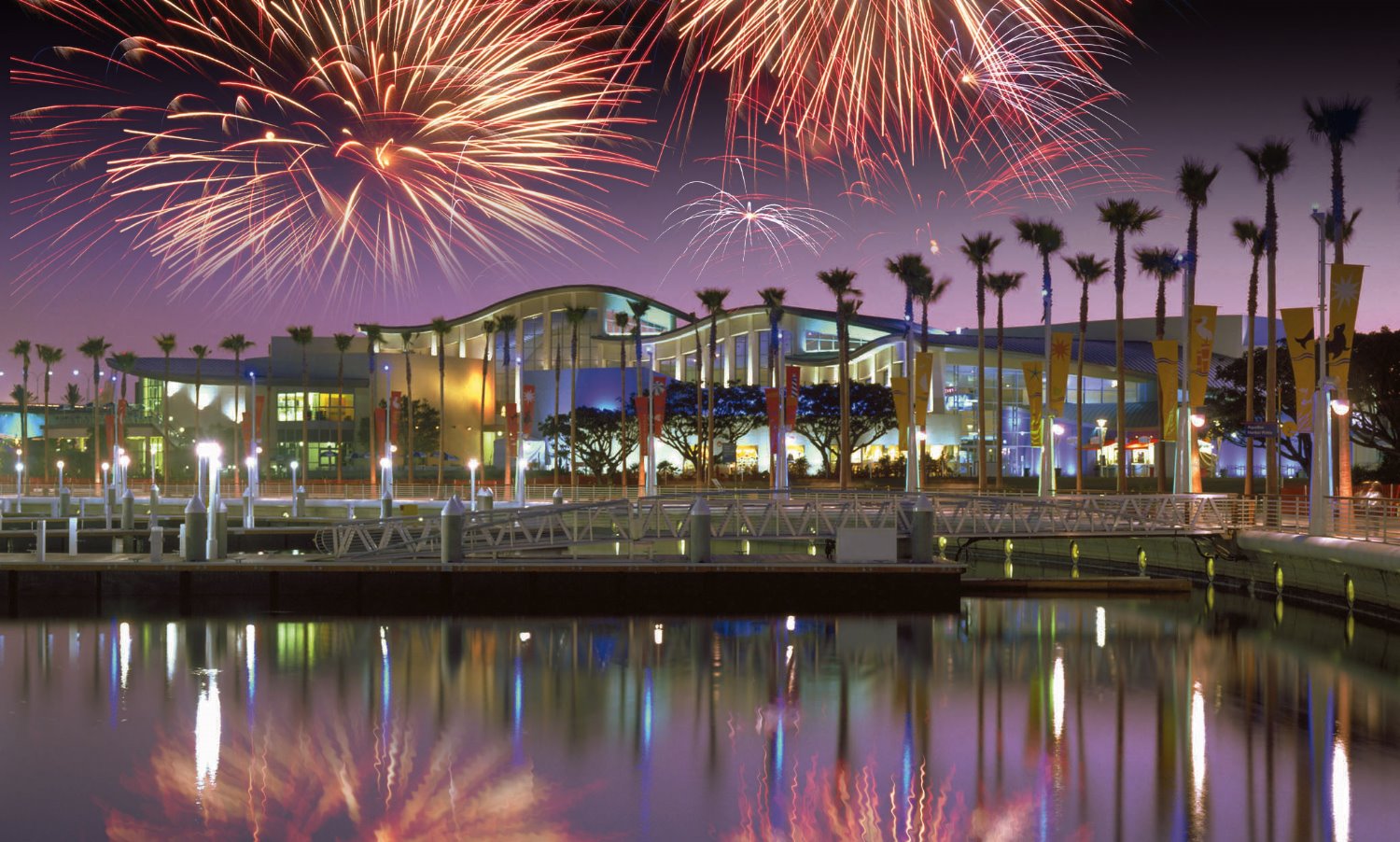State officials approve Long Beach Grand Prix after compromise among business owners, race organizers
 |
| Long Beach Aquarium |
The fact that the Toyota Grand Prix will roar through Long Beach streets in April for the 42nd time is no surprise, but it took some long discussions, negotiations and compromises between city officials, the Grand Prix and the Aquarium of the Pacific to get approval from the California Coastal Commission to run the event this year.
Aquarium President and CEO Jerry Schubel, a longtime critic of the race's negative impact on the aquarium, told the commission last week that having to close the aquarium for the three race days, April 15-17 this year, results in a loss of about $300,000 annually.
Prior to Schubel assuming the role as aquarium chief in 2002, the aquarium was open during race days, but, since it was inside the circuit, it was accessible only to race ticket holders.
Further, said Schubel, the race's setup, phased in over 60 days prior to the Grand Prix, made the grounds around the aquarium unattractive and resulted in further lost revenue.
Schubel initially opposed the Coastal Commission's approval for this year's Grand Prix, but after a meeting attended by Schubel, aquarium Board Chair John Molina, Vice President of Operations John Rouse, Long Beach City Manager Pat West, Assistant City Manager Tom Modica and Grand Prix President Jim Michaelian, changes were made that resulted in Schubel backing the commission's approval of the race at its Jan. 13 meeting in San Diego.
The primary change was Michaelian's agreement to move the track's fences to allow access to the aquarium without a race ticket. Further, the Grand Prix will provide parking for aquarium visitors in outlying lots, as well as shuttle buses to bring them to the facility.
And Michaelian agreed to speed up the process of removing grandstands and concrete barriers around the aquarium and the Pike at Rainbow Harbor within 24 hours after the race.
"We've always been concerned about the needs of local businesses that the race affects. Improvements have evolved over the years," said Michaelian on Friday. "The only thing left is to not have the race, and that's not going to happen.
"There are no more concessions we can make and still keep it safe, and safety is our main concern," he said.
Schubel termed the changes made for this year's Grand Prix "an experiment."
"We're going to be open on Grand Prix Press Day (April 5) to see how it works," he said. "It will be interesting to see how the new retail stores in the Pike will react. This is the first race for them."
One Pike businessman, Gladstone's Long Beach owner John Sangmeister, has weathered several Grand Prix events at his restaurant at the Pike and has been a long and outspoken opponent of the race. He voiced his opposition to it again through correspondence with the Coastal Commission.
He declined to comment Friday on the commission's decision.
A recent economic impact study estimated the Grand Prix, the city's largest event of the year, nets more than $40 million in revenue for the city. Close to 180,000 people attend the event, staying in hotels, eating at restaurants and buying goods. Long Beach Press Telegram
